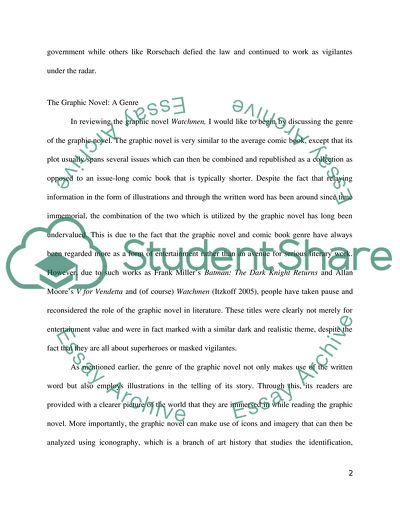Cite this document
(A Brief Background on Watchmen Assignment Example | Topics and Well Written Essays - 3500 words, n.d.)
A Brief Background on Watchmen Assignment Example | Topics and Well Written Essays - 3500 words. Retrieved from https://studentshare.org/literature/1721461-performing-criticism
A Brief Background on Watchmen Assignment Example | Topics and Well Written Essays - 3500 words. Retrieved from https://studentshare.org/literature/1721461-performing-criticism
(A Brief Background on Watchmen Assignment Example | Topics and Well Written Essays - 3500 Words)
A Brief Background on Watchmen Assignment Example | Topics and Well Written Essays - 3500 Words. https://studentshare.org/literature/1721461-performing-criticism.
A Brief Background on Watchmen Assignment Example | Topics and Well Written Essays - 3500 Words. https://studentshare.org/literature/1721461-performing-criticism.
“A Brief Background on Watchmen Assignment Example | Topics and Well Written Essays - 3500 Words”, n.d. https://studentshare.org/literature/1721461-performing-criticism.


